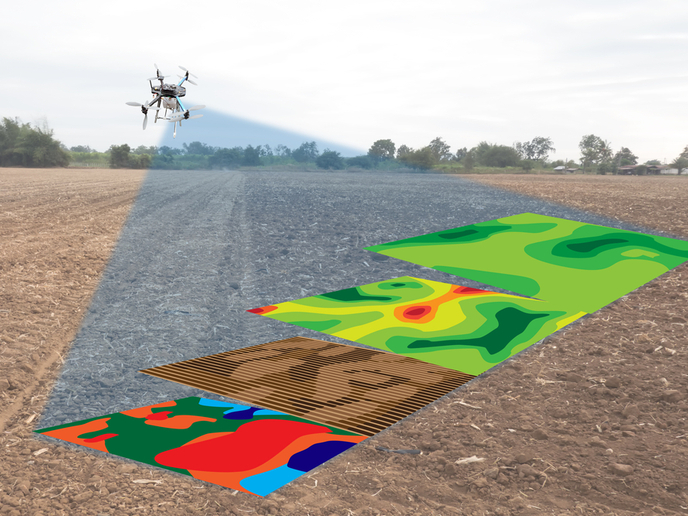A strategic research agenda to make better use of land and soils in Europe
Throughout Europe, research on sustainable land use and soil management involves different disciplines dealing with questions in fields as diverse as spatial planning, biology, agriculture, archaeology, hydrogeology, sociology or economics. A more integrated approach and better coordination of research and innovation actions within Europe is needed to make better use of research in order to close knowledge gaps for the sustainable use of natural resources. The EU-funded INSPIRATION project studied how to meaningfully address soils and land knowledge gaps in integrated scientific research, as changes in land use are recognised as the most important driver of biodiversity loss. The team aimed to study which research can generate the knowledge demanded by societal stakeholders so that managing land and soil can be central to a sustainable future. What best to do with the land and soils “The underlying premise of INSPIRATION was that understanding and managing land and soil services are fundamental for many important reasons,” said project initiator Detlef Grimski. This includes societal needs for food, drinking water, energy, shelter, infrastructure and the need to preserve soil biodiversity and overcome challenges such as climate change. To achieve their objectives, INSPIRATION was developed by an interdisciplinary team that spanned all relevant fields in science and policy. The research team in particular gauged what research should be considered by involving a broad range of stakeholders from society to provide input from their perspective. The team began developing their Strategic Research Agenda (SRA) on soil and land from scratch based on the research needs of stakeholders in 17 countries. “We followed a bottom-up approach engaging more than 500 experts in Europe. Using a conceptual model as a baseline, we collected stakeholders’ research needs, verified them, and then prepared an implementation network,” said project coordinator Dr Stephan Bartke. Developing a conceptual model The conceptual model helped to identify themes INSPIRATION used to understand traits of the different countries. The team developed the model to treat land and the soil-sediment-water system as goods and natural capital stocks that minimise the depletion of ecosystems. This project has not been without its challenges. Dr Bartke explains: “There are conflicting interests regarding land use among society stakeholders, such as farmers, spatial planners, developers, manufacturing industry and residents.” The team found that for such a model to work, they also needed to factor in the day-to-day land management decision making, as regards the global impact of human land-use decisions, and work to minimise it. In summary, the researchers gave the conceptual model four themes to adhere to: societal demand, what natural capital has to offer, land management, and total impacts. In addition, a fifth cluster of collated transboundary knowledge needs, for example related to data monitoring or methodological issues relevant to all four key themes. Verifying research needs from stakeholders Consortium members identified research needs and knowledge gaps from the land and soil stakeholders, which included funders, scientists, and policy-makers. They interviewed over 370 stakeholders, and more than 500 stakeholders attended national and international workshops to verify research needs for each of the 17 countries and Europe. Project partners then dedicated a phase of the project to scoping out and developing the trans-country and trans-discipline SRA. They did this by interacting and matchmaking with funding bodies across Europe; a process they plan to carry on long after the project has concluded. Results from INSPIRATION have contributed to the recent Intergovernmental science-policy Platform on Biodiversity and Ecosystem Services (IPBES) report on land degradation and restoration. Preparing for implementation of the SRA The team held several online workshops with stakeholders to tease out the format of SRA that would satisfy all the objectives of the project within the 17 countries. The workshops led to a decision that anticipated returns would be highlighted for funding institutions, and researchers would be motivated by the impact of their work on society and the environment. The SRA is available online at www.inspiration-agenda.eu (www.inspiration-agenda.eu) – free access, navigation and search functionality for everybody, in particular for land and soil interested stakeholders. Looking to the future Following the matchmaking events, the INSPIRATION team found that a number of funding institutions in several countries are motivated to implement parts of the SRA for integrated spatial planning, soil management and land use in Europe. The team is currently facilitating a funders’ platform that will focus on cross-national projects of soil and land management research.
Keywords
INSPIRATION, Strategic Research Agenda (SRA), land use, sustainability, soil, urban, climate change, spatial planning, impacts, soil and land management, knowledge gaps



